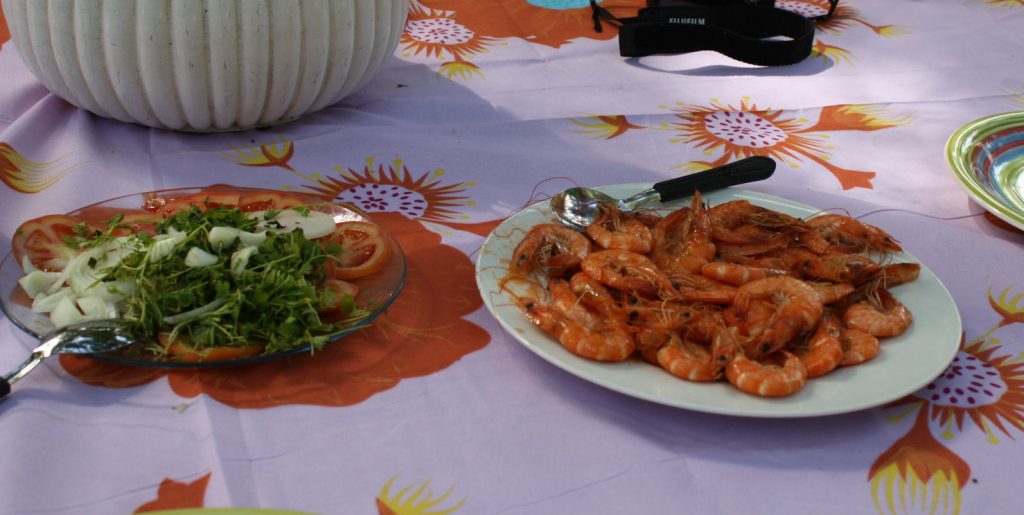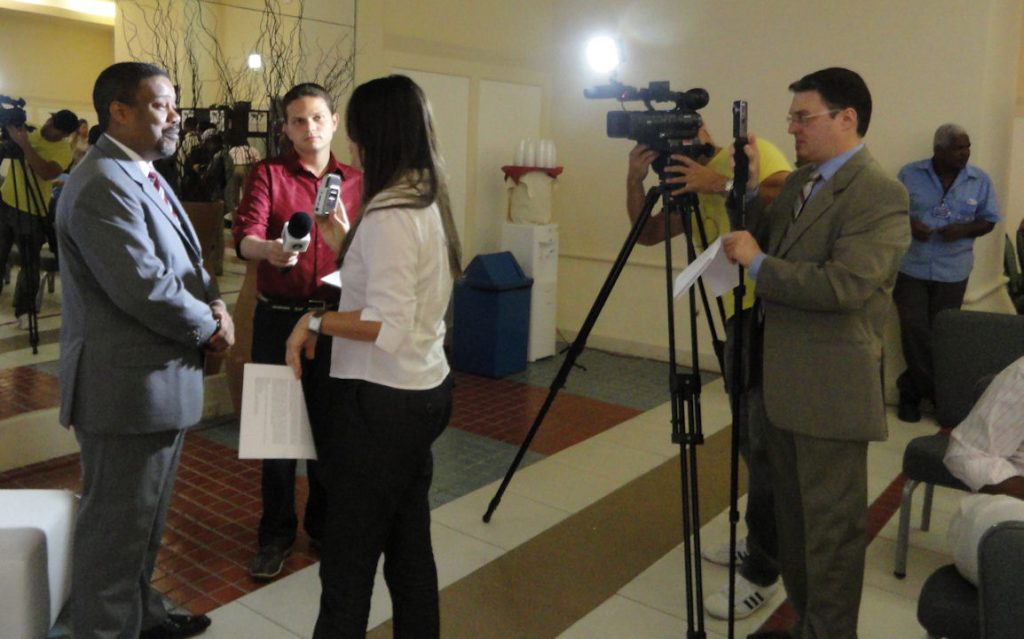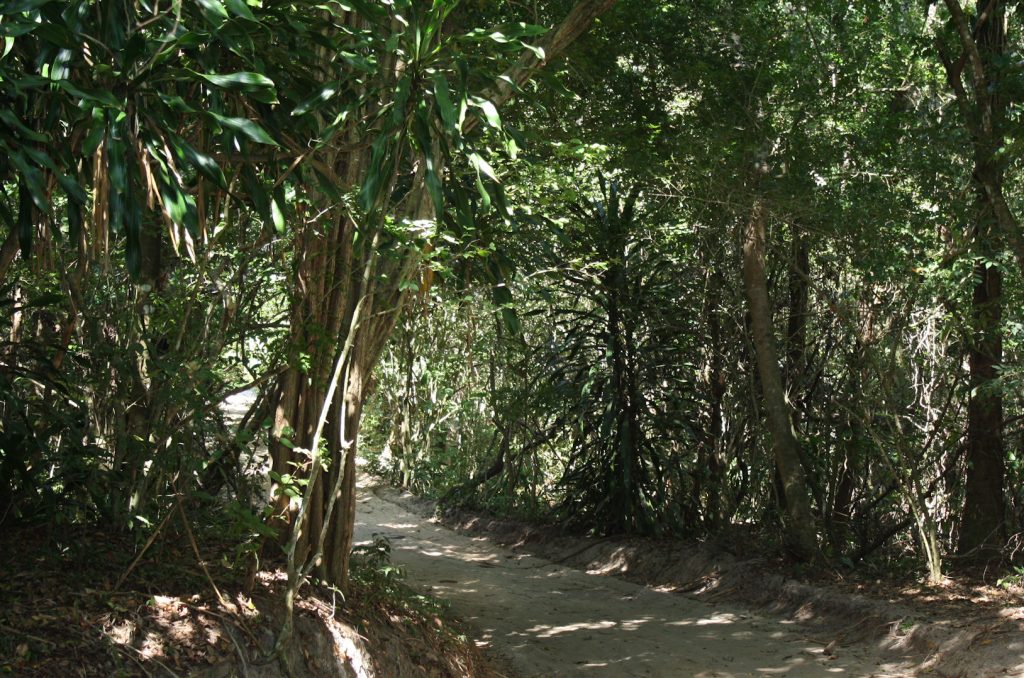
Part of my job I do for duty; this one is about the part of my job I do for joy. This joy category is much larger, BTW, and even the duty part is usually fun. I really enjoyed the seminar and I only had to pay for it with a ten minute speech – sweet.
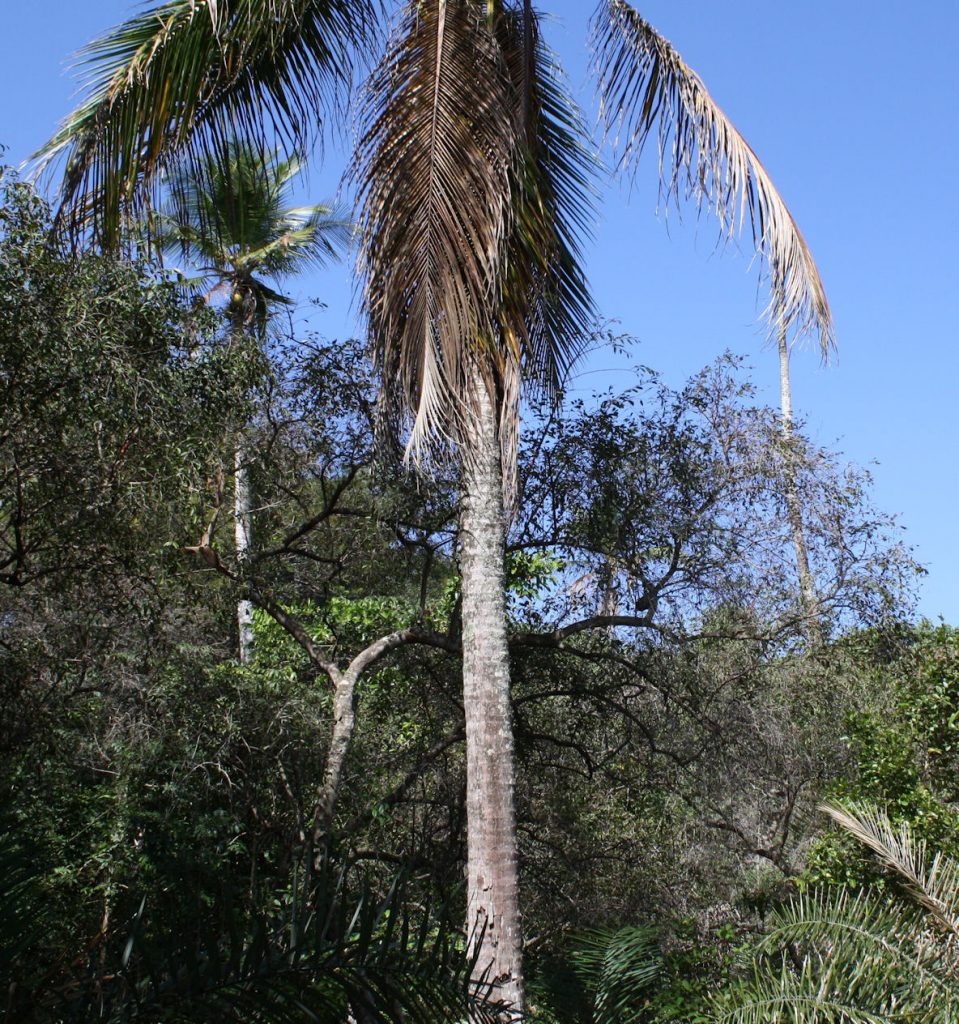
As I have written before, I have learned that a big part of public affairs is showing appreciation for the things your hosts value, praise the things they are proud of. It helps if you are really interested and I am passionately interested in forestry and ecology. I mentioned this and the State of Bahia came through with something they are proud of. They have a sustainable forestry initiative and I think that the person telling me about it took as much joy in the telling as I did listening. It was a true shared interest.
They took me to the Reserva Sapiranga, an area of secondary growth of the Mata Atlántica or Atlantic forest. This is the rain forest that once covered coastal Brazil. Most of the Brazilian population and the big cities are in the biome of the Atlantic forest and most of the original forest was cut long ago. This was also the case with the area now included in the Sapiranga reserve. This land was plantation and cow pasture only a fee decades ago, but like our eastern forests in U.S., it grew back.
You can still see the coconut palms, gradually succumbing to old age. Coconut palms live around fifty years. They require sunny conditions to regenerate naturally. The encroaching forest shades out potential new coconuts. Soon there will be none.
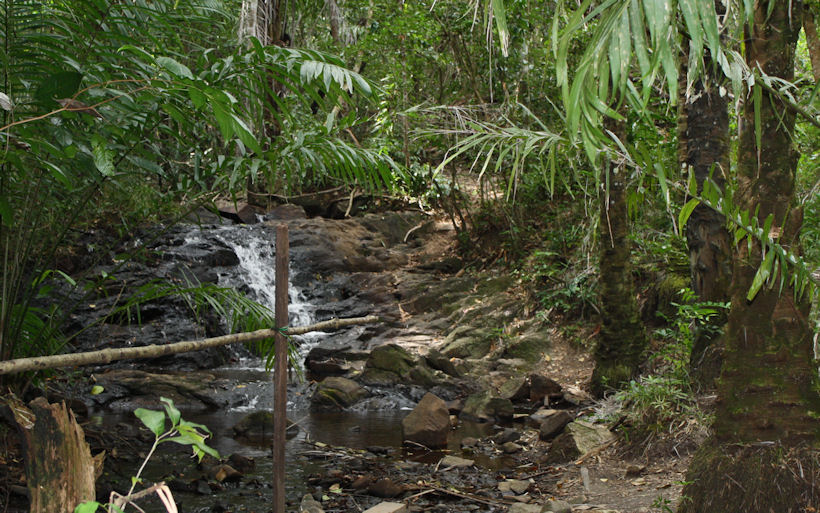
Only 7% of the native Atlantic forest remains in Brazil. As I mentioned, the Atlantic forest biome is the one most affected by human settlement. The State of Bahia contains three general biomes. Near the coast is the Atlantic forest. It is a type of coastal rain forest, with diverse species of plants and animals. Farther inland is Caatinga. This is semi-arid, with the thick skinned and thorny plants you find in deserts.
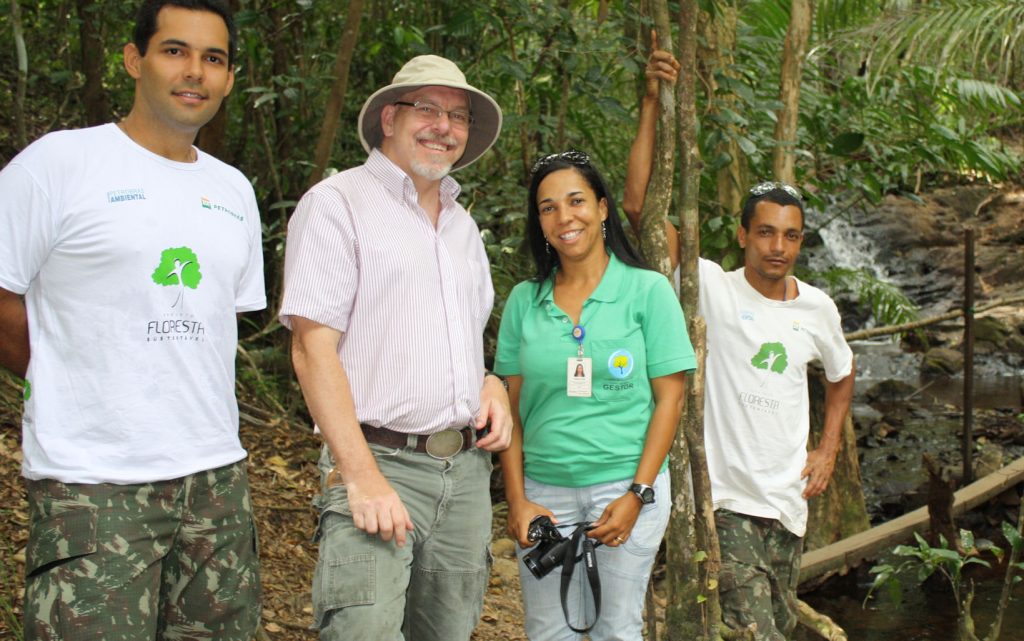
The Caatinga is less immediately attractive than the Atlantic forest and has attracted less attention, but it is in fact more in danger. The Atlantic forest will grow back if given a little help or even just left alone. It is similar to the forests of the Eastern U.S. in this respect, which regrew during the 20th Century. The Caatinga runs the risk of desertification. This can happen if the climate changes to become drier, since it is already near the edge, but it can also happen with simple bad land management. It takes a long time for the vegetation in the semi-arid soil to grow and when it is removed of even stepped on a lot it can lead to significant soil loss. And dirt, in the final analysis, is the basis of everything.
Farther west the Caatinga yields to the Cerrado. This is the grassland/savannah we have also in Brasilia or Goiás. Western Bahia has become a thriving agricultural area, with the introduction of new strains of plants and new agricultural techniques. Not too many years ago, it was generally thought that the soils of Western Bahia could not be made productive over large areas and that any attempt to do so would result in more or less permanent damage. This was incorrect. What was needed was a better understanding of the dynamics of the natural systems as well as better genetics and technologies. As I mentioned in other posts, the Brazilians are building railroads to link the region with ports along the coast. They are also working on massive projects along the Rio São Francisco, which flows through Bahia to Pernambuco. This is a vast reclamation project, which may change the face of Bahia as much as Hoover Dam changed the Imperial Valley in California.

These are things I want to see, but have not yet seen with my own eyes. I am waiting for my car to be released onto the road.
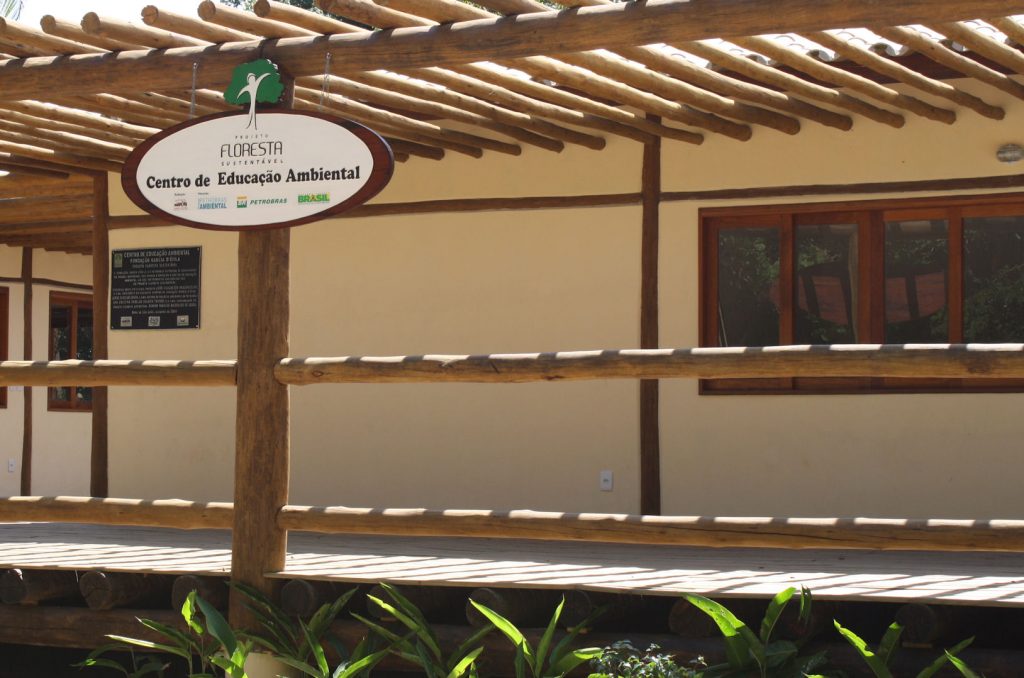
What I saw on this trip was the resurgent rain forest in coastal Bahia. There is a local project, sponsored by Petrobras, to restore the forest while protecting the livelihood of the current inhabitants. Of of the challenges will be actually knowing what to restore. Nobody is sure what the forest primeval really looked like. Nobody has really seen it for hundreds of years and even at that early date the ecology was heavily impacted by the activities of Native-Brazilians, especially through their use of fire. The forest restorers are seeing what old books tell and trying to ask the local inhabitants what seems to grow. I suspect that it will be something like what the forest looked like in 1500, but certainly not the same. Too much has changed.
They are calling the project sustainable forestry or agro-forestry. It is not exactly as I envisioned it given the terms.* What they are doing is more like restoration and preservation. Since there are no plans to harvest timber in the newly forested places, I don’t think the term forestry applies perfectly. The agro-forestry has similar caveats. What they have here in more of agriculture of small clearings. It is a valid form of agriculture, but it is not an integrated agro-forestry operation.
They also are trying to phase out hunting. People who like animal and grew up in cities tend to dislike hunting. I can understand that in the early stages of ecological development, but I believe in the longer term sustainable hunting must be part of any sustainable forest-agricultural community. If you really want to sustain nature, you have to cut some trees and kill some animals and humans need to be integrated into the system, not just squatting on top of it.
I don’t mean to sound critical. In fact, I am sharp precisely because I believe this project is important and valid. It should succeed but will require some modification. I would not presume to dictate, but I do presume to have an opinion based on what I saw develop in the U.S. over my lifetime and what I studied that happened before.
The organizers understand that humans cannot be excluded from the environment and there are lots of people living in and around the reserve. But it still seems to me to have too much of a demarcation line, with preserved areas out of bounds. I tried to explain (it was hard in Portuguese, since the concept is very subtle and nuanced) how we use stream management zones in Virginia. They are managed for healthy forest growth, but they are by no means off limits. I can do silvicultural practices in the SMZ. As a result of our activities, the forests are healthier and MORE robust and the water is cleaner than it would be if we were not acting. And, of course, our lands are heavily used by hunters. Hunters are the best conservationists because they want to keep on hunting. Foresters maintain forest ecosystems with similar motivations. These are examples of man in and of nature. Some things need to be preserved; most things need to be well-managed. We all love nature. I think it is better to be actively part of it than just looking across the fence.
—–
* Agro-forestry is the sensible practice of mixing forest and agriculture. It is best applied in relatively small scale, since it often precludes the use of big machinery. It is not appropriate everywhere. In large flat fields where no-till agriculture can be used, for example, agro-forestry is not always the best environmental solution. But it is a good option where it works.
Agro-forestry allows a more complete use of the land. Trees complement crops or pasture. There is some competition, especially for sunlight. But the trees tend to draw from a different level of the soil. The tree roots can do a kind of clean up, absorbing water and fertilizer that would pass through the first layers of vegetation. They can also form a sort of nutrient pump, with their leaves bringing nutrients back to the surface where they are again available to surface vegetation. Even the shade can be useful in some cases.
Coffee, for example, is a kind of bush that evolved in the shade of larger trees. Plants like coffee can be more productive in the filtered sunlight than they are in full sun. The key is balance and knowledge. The challenge of agro-forestry is exactly that. The farmer-forester needs to be more involved in his land and understand the sometimes complex and changing relationships among plants.
The key to the forestry part of the equation is that you have to manage and eventually cut the trees. Forestry has three generalized parts. (1) You plant or allow trees to regenerate; (2) you take care of them (3) with the eventual goal of harvesting timber and forest products. If you leave out the last step, you are not really in business and I do not believe it can be sustained over large areas for a significant time. The profit is the price of survival. Sustainable means that you can do it again and again. If you never cut, it really is not sustainable. It is just preserves.


